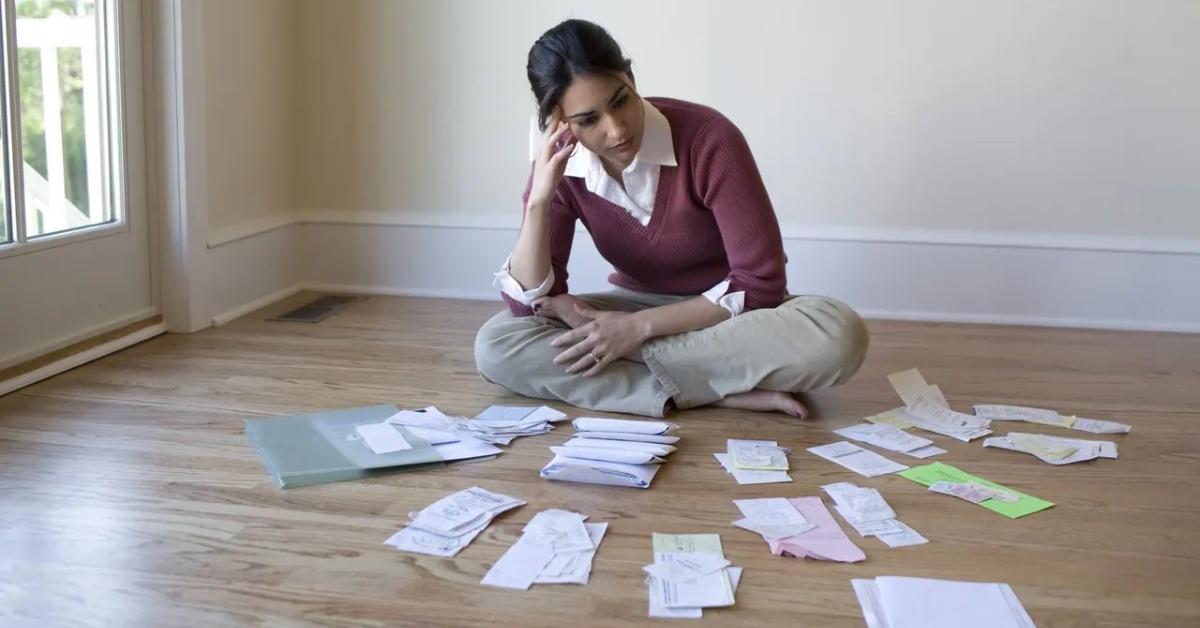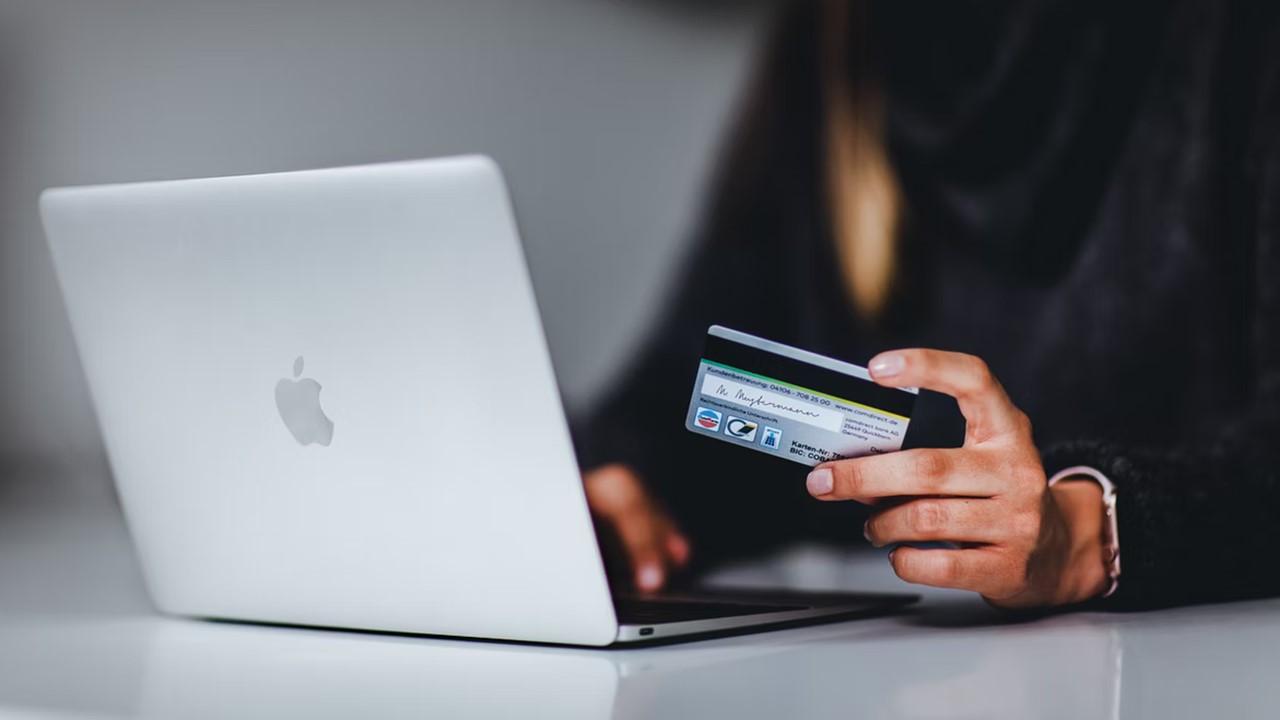You Can Pay Federal Taxes With a Credit Card, but There Are Some Drawbacks
You can pay your federal taxes with credit card, however, there are some drawbacks to doing so. Find out what these are and how to do it.
April 19 2023, Updated 10:02 a.m. ET

The tax deadline has already passed. April 18, 2023, was the last day to file taxes unless, of course, you requested an extension. While many filers have already received their tax refunds, others were left owing the IRS money, whether it was for missing tax payments throughout the year, filling out a form incorrectly, underpaying taxes, or various other reasons.
Luckily, the IRS allows you to pay your taxes with a credit card. But is it a good idea?
Paying your taxes with a credit card has pros and cons, but it’s better to at least have the option rather than having to rely on paying with funds from your emergency savings or having to dip into your paycheck. It’s best to figure out how you’re going to pay sooner rather than later because paying your taxes late could result penalties in (with interest) being assessed.
Now that you know paying your taxes with a credit card is an option, let's take a look at the downsides and how to do it.

How do I pay my taxes with a credit card?
You can pay the IRS with a credit card or by using digital wallets. The agency uses third-party companies to process those types of payments, so you have a variety of options to choose from. The IRS offers three third-party payment options, and it says that all of the platforms are safe and secure. You don’t have to worry about your personal information being compromised. You can either pay online or by phone with these platforms.
The three payment processors are ACI Payments, Pay1040, and payUSAtax. All three platforms accept debit cards, credit cards, and select digital wallets. They accept cards from companies such as Visa, Mastercard, American Express, and Discover. The digital wallets they accept include Click to Pay and PayPal. However, Pay1040 doesn't accept PayPal.
What’s helpful about using your digital wallet is that you can connect your credit card to the wallet and just pay using your wallet if you don’t feel comfortable paying a payment processor with a card directly. Whether you choose to pay with your wallet or credit card directly, you have the option to choose between the three platforms. The IRS will redirect you to the one you choose and you can make the payment.

What are the benefits of paying using a credit card to pay taxes?
Since you’re using a credit card, it gives you more time to pay off the tax bill, instead of having to pay it upfront with a debit card or bank account. It can also help your credit score if you plan to pay off the credit card debt in a timely manner and won’t be over 30 percent of your card’s limit.
As a rule of thumb, it's always best to keep your credit card balance below 30 percent of your card's limit as anything higher could reflect negatively on your credit report, according to the Consumer Financial Protection Bureau. Also, the card processing fees associated with paying taxes with a credit card are tax-deductible for business owners.
What are the downsides to paying your taxes with a credit card?
One of the major downsides is the fees. ACI Payments Inc. charges a 1.98 percent fee on the amount paid, payUSAtax charges 1.85 percent, and Pay1040 has a 1.87 percent fee. ACI and Pay1040 both have a minimum fee of $2.50, while payUSAtax has a minimum of $2.69.
Another thing to beware of when paying taxes with a card is that you have to contact the card processor if there's an error with the payment or you want to cancel the transaction.
